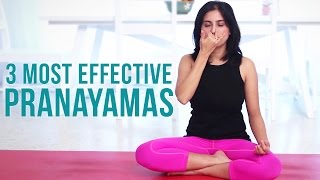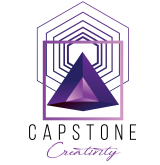Since Yama literally indicates “manage,” you could say that Pranayama is control of “crucial power.” When teaching Yoga classes, the 4 stages of Pranayama ought to be thoroughly explained. If you consider in terms of a pendulum, it is a lot related to the 4 stages of Pranayama. The pendulum moves in one direction, pauses, then moves in the opposite direction, and pauses again. This is the exact same action that happens in the lungs, when a Yoga student practices Pranayama.
The following are the 4 stages of Pranayama. Puraka is the inhalation stage. Antar Kumbaka is the pause that happens when we retain the inhalation. Rechaka is the exhalation stage of a breath. Bahir Kumbaka is external breath retention and occurs right after the exhalation stage.
Why ought to we get so technical about Pranayama strategies in the average Yoga class? A lot of Yoga students will come to your classes for a range of pain relieving techniques, and some Pranayama strategies generally aid alleviate pain.
When a particular person has discomfort, he or she can think of absolutely nothing else. Discomfort is the companion you want you in no way met. Pranayama can help us say goodbye to pain, but it must be performed technically and safely.
Here are some of the numerous forms of Pranayama a Yoga teacher need to know. There are far more, but this is a great foundation. It need to also be noted that Yoga students are advised to seek guidance from a competent Yoga teacher.
Pranayama approaches deserve much a lot more respect and must not be taken lightly. 1 Pranayama session of 20 minutes, would make any Yoga newbie understand the tough operate that goes into this practice. The worth of Pranayama, and top quality of life it can bring, can not be overstated.
Ujjayi Pranayama: Also recognized as victorious breath is typically noticed in Vinyasa style Hatha Yoga, Energy Yoga, and Ashtanga Yoga classes, but can be discovered in other Yoga designs, as properly. This strategy enables the Yoga student to concentrate deeper on his or her practice. Nevertheless, this is also a calming kind of Pranayama that can be performed ahead of bedtime, relaxation, or meditation.
The glottis is gently contracted to draw the length of your breath out. Yoga students ought to seek guidance from a certified Yoga teacher when integrating bandhas with Ujjayi Pranayama.
All-natural Breath: This is the breath of a new born baby. It is a full breath in the upper, middle, and reduced compartments of the lungs. The stomach, intercostals, and chest must expand equally for the duration of an inhale. If a student is naturally quick of breath and nervous, he or she might have difficulty studying this method, even with the guidance of a certified Yoga teacher.
Nevertheless, this same student is relieved to master natural breath, as this Pranayama will also calm those who feel anxiousness, nervousness, and hypertension. This Pranayama strategy is not a cure for nervousness, but some Yoga students have had incredible relief from all-natural breath.
Dhirga Pranayama: Is a three part breath, exactly where awareness is developed by way of all three lung compartments from the bottom up on an inhale and from the top down on an exhale. This is a quite typical practice inside a Hatha Yoga class.
Kapalabhati Pranayama, Sitali Pranayama, and Bhastrika Pranayama are also important techniques. As stated earlier there are numerous much more Pranayama tactics that can be taught by Hatha yoga teachers, as top quality of life can be rediscovered by means of their practice.
Copyright 2007 – Paul Jerard / Aura Publications
three Most Efficient Pranayamas – Deep Breathing Workout routines
 Pranayama is a breath-control strategy. In Sanskrit, pran indicates life and ayama means way. Pranayama can aid you regulate your program, alter your mood and make certain longevity. These pranayamas are basic, but very effective tool for relaxation.
Pranayama is a breath-control strategy. In Sanskrit, pran indicates life and ayama means way. Pranayama can aid you regulate your program, alter your mood and make certain longevity. These pranayamas are basic, but very effective tool for relaxation.
